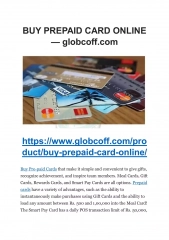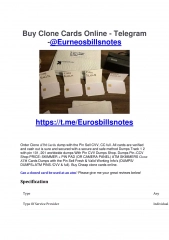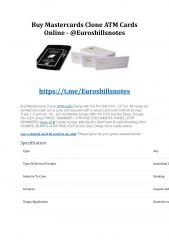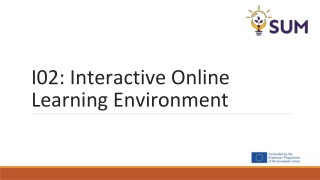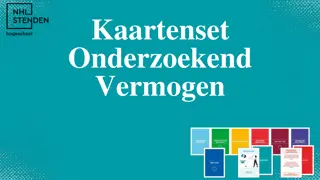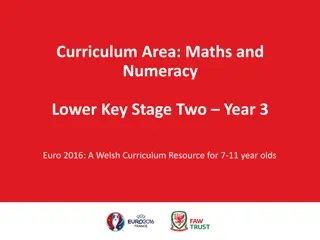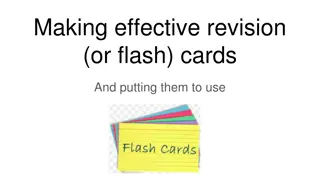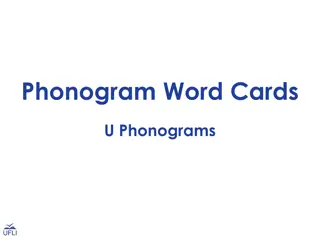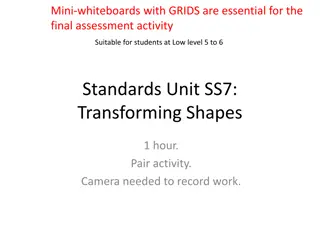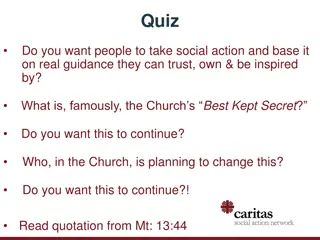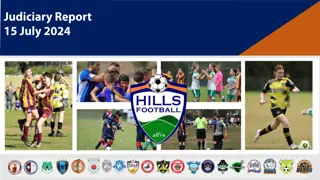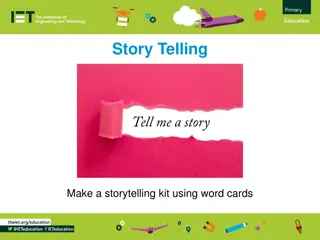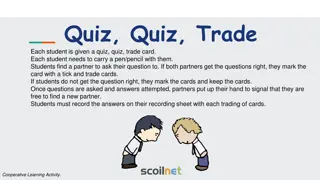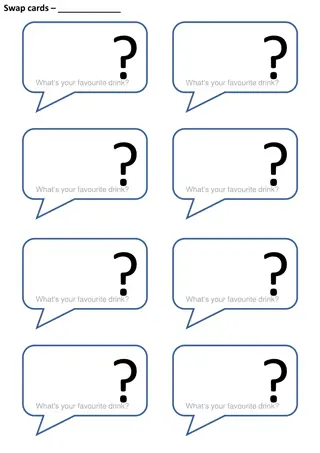AUB Creative Learning Activity Cards: Interactive Teaching Resource
AUB's Creative Learning Activity Cards are an interactive teaching and learning resource designed for students of creative subjects at Foundation, BA, or MA levels. These cards facilitate different phases of student writing, from planning to drafting, and offer valuable tips for overcoming writer's block and enhancing motivation. Developed by Study Skills Tutors in collaboration with graphic design students, these cards are available in printed, editable, and PDF formats, serving as a versatile tool for seminars, workshops, lectures, or independent study.
Download Presentation

Please find below an Image/Link to download the presentation.
The content on the website is provided AS IS for your information and personal use only. It may not be sold, licensed, or shared on other websites without obtaining consent from the author.If you encounter any issues during the download, it is possible that the publisher has removed the file from their server.
You are allowed to download the files provided on this website for personal or commercial use, subject to the condition that they are used lawfully. All files are the property of their respective owners.
The content on the website is provided AS IS for your information and personal use only. It may not be sold, licensed, or shared on other websites without obtaining consent from the author.
E N D
Presentation Transcript
Arts University Bournemouth (AUB) Creative Learning Activity Cards are an interactive teaching and learning resource for students of creative subjects at Foundation, BA or MA level. Cards can be used to support phases of student writing including planning, critical thinking, research and drafting. Tips for overcoming writer s block, tackling procrastination and building motivation can be found in the wild card section of the pack. Cards can be utilised as materials in facilitated seminars or workshops, as the basis for teaching in lectures or as an independent study resource for students.
AUBs Creative Learning Activity Cards were developed by Study Skills Tutors Julia Kotula and Alexandra Reynolds in collaboration with BA Graphic Design student Dominikus Kronwitter; with additional design support from Tobias Traves and valuable content contribution from Kizzy Beaumont. Cards are available in limited edition printed form at AUB, an editable PPT, and as a freely available PDF.
Use the SMART-O-METER Activity: Apply the SMART strategy to refine your topic. Is your topic Specific and Measurable enough to approach persuasively, but rich enough to write about? Do you know enough about the topic that it is Attainable? Is the topic Relevant to your unit and subject area? Can you complete your research and writing in the Time you have available? Usefulness: This strategy will help you create a focused and manageable essay topic.
Write 3 critical questions about your topic Activity: Consider a number of critical questions. Why is your topic significant? What are you hoping to find out? Which examples will you use to explore this topic? Usefulness: This will help you analyse your topic and brainstorm different ideas related to it.
How does your topic relate to society? Activity: Come up with three ways your topic relates to society, past or present. This might include a relation to social, cultural, political, historic or economic influences. Example: the relationship between social media and political communication or fast fashion and the economy. Usefulness: This will help you to think critically about a topic and see cultural practice in context.
Dinner Party Test Activity: Imagine someone asks about your essay topic and argument at a dinner party. Try to explain in just a few sentences what the main focus of your essay is. Usefulness: This will help clarify exactly what your line of enquiry is, helping structure the argument within your essay persuasively.
Post-it Note-it Activity: On a post-it note, write down the hypothesis/main point of your essay (what you are hoping to argue). Next, add post-it notes with three reasons for your argument and add examples and evidence to back up your ideas. Usefulness: This helps articulate initial ideas and translate them on paper to refine an essay s argument.
From mind map to structure Activity: 1. Firstly, collect your ideas into a mind map, covering theoretical ideas and examples of practice. Secondly, analyse! Consider what is most interesting or significant about your findings in relation to your topic or question this will help you isolate your argument. Now categorise your thoughts into thematic headings, each related to your topic and argument. Lastly, storyboard your ideas into a sequence from start to finish, remembering you are telling a story to your reader in a linear way. 2. 3. 4. Usefulness: This will help you create a linear argument from your research.
Create your working title Activity: Write down your TOPIC, identify your FOCUS and add in the CONTEXT (situation) you will use to investigate your chosen subject area. Finally give yourself an INSTRUCTION word (e.g. discuss, analyse, explore, investigate). Putting these elements together should help create a draft title for your essay. Usefulness: This will help clarify an area of research to focus on and help create a relevant draft title for your essay.
From image to text Activity: Carry out a visual analysis of a cultural artefact or activity (e.g. artwork, designed object, building, performance). 1. 2. Choose your example. Draw a mind map answering the following questions: Who made the work, when, where, how and who for? How does this example relate to the work of other practitioners and your own practice? What is the social, cultural or political impact of the work and its connection to the history of your discipline? Add relevant sources you might consult. 3. Usefulness: This will help clarify key terms to support your essay writing process.
What do I already know? Activity: Brainstorm areas of interest you know about in relation to your essay and identify those you need to develop. What you already know: What you need to find out: Usefulness: This activity will help critically analyse your knowledge about your topic and plan your research process.
Tweet your argument Activity: Try to write down your argument in no more than 280 characters. If you don t yet know what your argument is, try tweeting your hunch or intuition. Usefulness: This will help you clarify what your core argument is, which should then run through every section of your essay.


